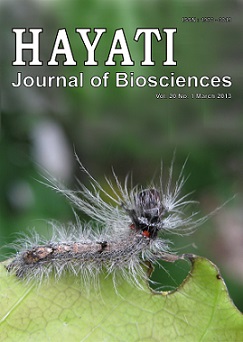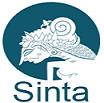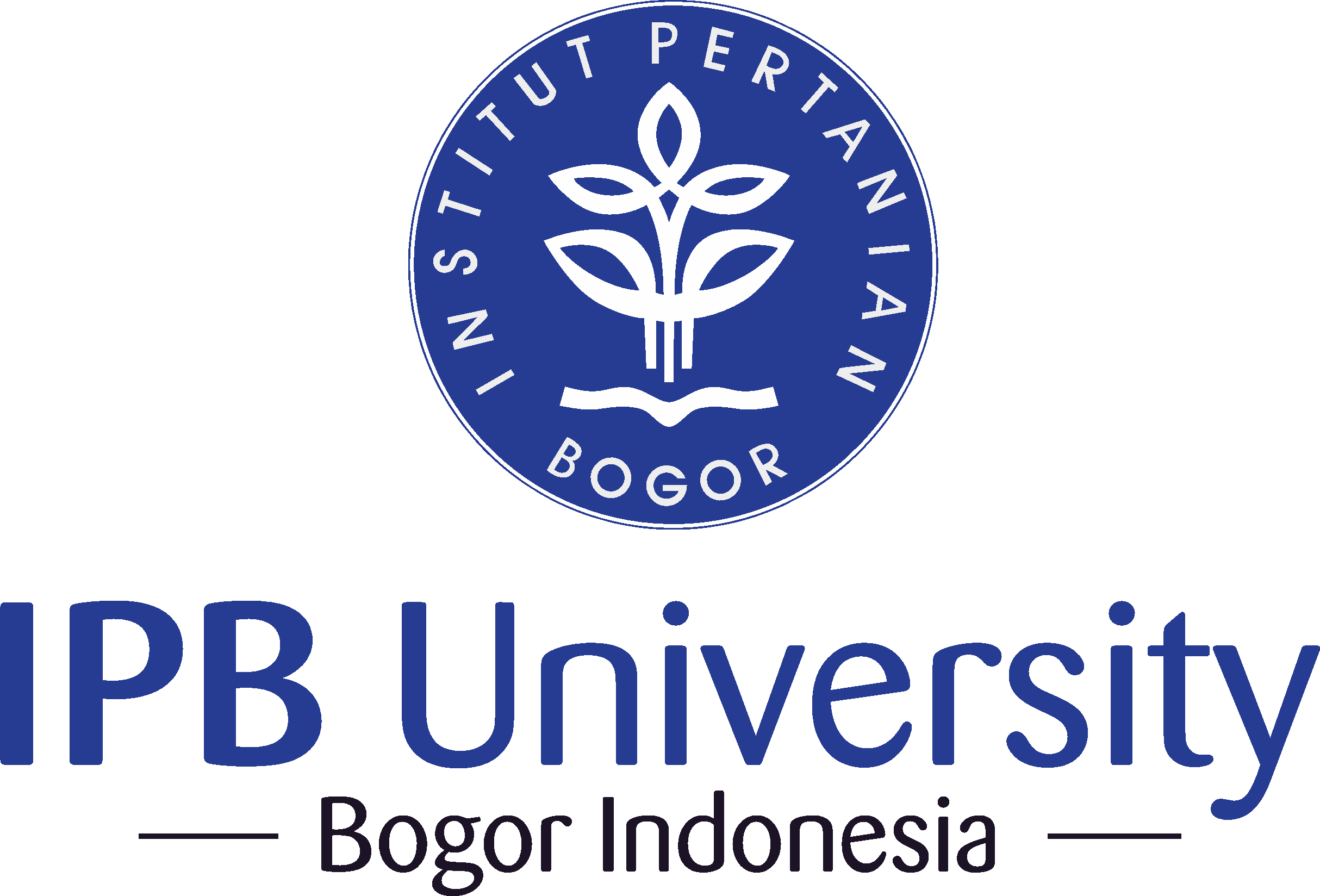Skin Histology and Microtopography of Papuan White Snake (Micropechis ikaheka) in Relation to Their Zoogeographical Distribution
Abstract
Papuan white snake (Micropechis ikaheka) is endemic to New Guinea (the region of the Papua and Papua New Guinea). Internal histology of skin layer and the microtopography structure on the surface scales of M. ikaheka were the aims of the study. This study also related to zoogeographical of the snake in Papua. Geographical skin color variation of M. ikaheka can be described in three groups, i.e. brown, yellow and black group. The three groups of the snake have specific zoogeography in the mainland of Papua and satellite islands to Papua New Guinea. Paraffin method used in this work showed approximately five layers i.e. oberhautchen, the beta (b)-layer, the mesos layer, the alpha (a)-layer, and the dermis in the snake skin. Although the paraffin method cannot explain the arrangement of pigment cells, however, the dark color on the dermis might contain melanophores that might cause dark color of the snake body. Overlapping scales formed the hinge region were flexible to assist the snakes when they moved across substrate. Scanning electron microscopy (SEM) of the oberhautchen of all of M. ikaheka revealed no microornamentation. However, dorsal and ventral scales showed many follicles on the entire surface of the boundary scales.
Downloads
HAYATI J Biosci is an open access journal and the article's license is CC-BY-NC. This license lets others distribute, remix, tweak, and build upon author's work, as long as they credit the original creation. Authors retain copyright and grant the journal/publisher non exclusive publishing rights with the work simultaneously licensed under a https://creativecommons.org/




















.png) IPB University
IPB University Department of Biology
Department of Biology The Indonesian Biological Society
The Indonesian Biological Society 

